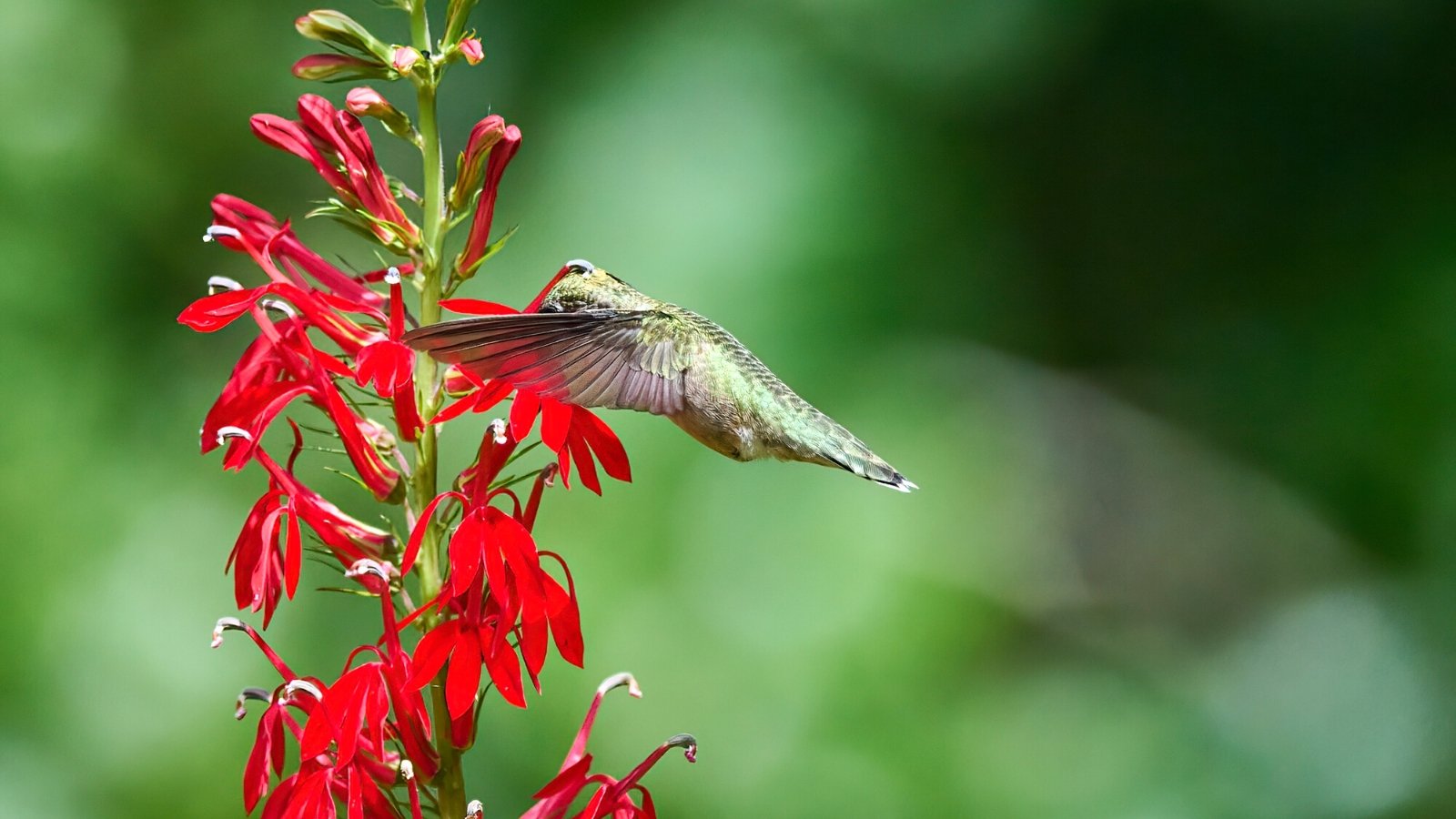Plants, like humans and other organisms, are susceptible to viral diseases. Likewise, many viruses have also adapted to target specific species of plants. Mosaic virus is a broad term for a group of plant pathogens that disrupt the normal function of plant cells and result in foliages with a mottled or mosaic-like appearance. There are hundreds of strains of mosaic viruses that are not genetically related to each other. Many of these strains cause considerable economic damage to farmers and have names including the infamous Tobacco Mosaic Virus, Cucumber Mosaic Virus, Rose Mosaic Virus, Cowpea Mosaic Virus, and Pepino Mosaic Virus, just to name a few.
The world has gotten a crash course on virology over the past few years. Unlike prokaryotic organisms (such as bacteria) or eukaryotic organisms (such as humans, plants, etc.), virus particles cannot reproduce by themselves which is why most scientists do not consider viruses to be living organisms. A virus is a piece of genetic material contained within a protein shell. This genetic information can either be pieces of single-stranded RNA or double-strand DNA. Mosaic viruses include both RNA and DNA varieties although RNA viruses are the most prevalent type found to affect eukaryotes.
There are no cures for mosaic viruses once a strain has infected a plant. Proper handling and sanitation is critical in protecting vulnerable plants and keeping an infection under control.
How Do Mosaic Viruses Work?

A virus is like an intruder with a copy of the keys. In order to enter a plant cell, the virus binds to a receptor on the cell wall and presents the receptor with the keys to gain access into the cell. Cells are like small factories within organisms that carry out tasks or produce specific materials. When a virus hijacks a cell with viral genetic information, it reprograms that cell at the molecular level and changes its function. The cell will then help the virus reproduce instead of carrying out its intended purpose. Most of the time, the infected tissue will die and the virus can spread systemically throughout the entire plant.
An infected plant is a threat to other plants in its vicinity and those that are infected early should be removed promptly to prevent an outbreak. Plant viruses can transmit through leaf-to-leaf contact, grafting, propagation, or wounds from insect, mechanical or weather damage to plant tissues. Mosaic viruses affect a wide range of plants and can survive on contaminated hands, plant debris, gardening or farming tools, and even clothes.
Symptoms Of Mosaic Virus

While healthy plants have dark green or lush green leaves, typical symptoms of infected plants are blotchy light and dark green or yellow mottling on foliage and distorted leaves. Because these leaves are not functioning at their optimal level, they may drop and lead to stunted plant development. Infected plants may also have leaves and flowers that are small and misshapen. Flowers may also exhibit brown streaks. If the plant produces fruit, the fruit might also ripen unevenly, look discolored or exhibit other deformities. Fruit production overall will be impacted. The symptoms of mosaic virus might look different depending on the strain and the host plant species.
Common Strains Of Mosaic Virus

Tobacco Mosaic Virus
The tobacco mosaic virus is one of the most studied of all mosaic viruses and is the first virus to be purified in the late 1800s. This virus transmits viral RNA within a rod-shaped virus particle (viron). The tobacco mosaic virus can infect many edible and ornamental plants such as its namesake as well as different types of tomatoes, peppers, lettuce, cucumbers, petunias, etc. These plants can also be affected by other types of mosaic viruses so it’s not possible to diagnose the specific type of virus without sending samples to a lab. Tobacco mosaic virus is persistent and can linger in infected soil without a host and survive hot temperatures. There are resistant varieties of tomato plants which are denoted with “TMV” in the seed catalog.
Tomato Mosaic Virus
This virus is another mosaic virus that plagues tomato growers but also has resistant varieties. Researchers have been working on transgenic plants that have introduced genetic material from another plant to help with resistance. Seeds that have disease resistance will be marked with “ToMV”. Infected plants transmit the disease upon contact with healthy plants. In addition to tomatoes, this strain also affects many other plants.
Cucumber Mosaic Virus
The cucumber mosaic virus (CMV) is a disease found around the world that affects over 1200 plant species. In addition to mottling on the leaves, an infected plant might also exhibit ring spots on leaves and fruits. This virus is seed-borne (it can spread by seeds) and by pollen and is most commonly known as one of the aphid-borne viruses.
Learn More: Cucumber Mosaic Virus
Controlling Mosaic Viruses

Start your garden off right by purchasing virus-free seeds or seedlings from certified distributors. You can also save seeds from your own healthy plants and use them in later seasons and soak seeds in a disinfectant solution to sanitize them. Infected plants should not be composted because the virus can persist in the soil for years.
Disinfecting gardening tools or farming equipment is very important in controlling the spread of a number of viral diseases. Viruses can also be transmitted to new host plants through minor insect wounds. For example, aphid vectors or thrips can exacerbate the spread of the disease. Using a floating row cover can be an effective way to create a physical barrier around susceptible plants. Lastly, as with other virus diseases, antibiotic or antifungal treatments would not work.
Immunoengineering With Mosaic Viruses
Through genetic engineering techniques, researchers are leveraging the unique properties of mosaic viruses to help treat human diseases. There are multiple studies around the world researching the feasibility of using mosaic viruses as targeted nanoscale drug delivery systems to treat tumors. Both Tobacco Mosaic Virus and Cucumber Mosaic Virus have been tested in these studies. The engineered virus would retain its protein shell but instead of containing viral RNA or DNA, the capsule would contain the chemotherapy medication doxorubicin. The coat protein would also be enhanced with a layer of a serum albumin formulation to help the virus become more biocompatible in the human body and also direct it to target only the tumor cells.
Frequently Asked Questions

Q: Is mosaic virus harmful to humans?
A: No, mosaic virus is a disease that needs plant hosts. While it can cause economic damage to farmers, it cannot directly infect humans or other mammals.
Q: Is mosaic virus contagious?
A: Yes, mosaic viruses are very contagious and can infect plants rapidly throughout a growing season. However, there are some cultivars of crops that are bred to have some virus resistance.
Q: How do I know if my plant has mosaic virus?
A: While symptoms of mosaic virus vary depending on the viral strain and the host plant, an infected plant will commonly show leaf discoloration and mottling across the entire leaf. Fruits and flowers might also show discoloration or be malformed.














